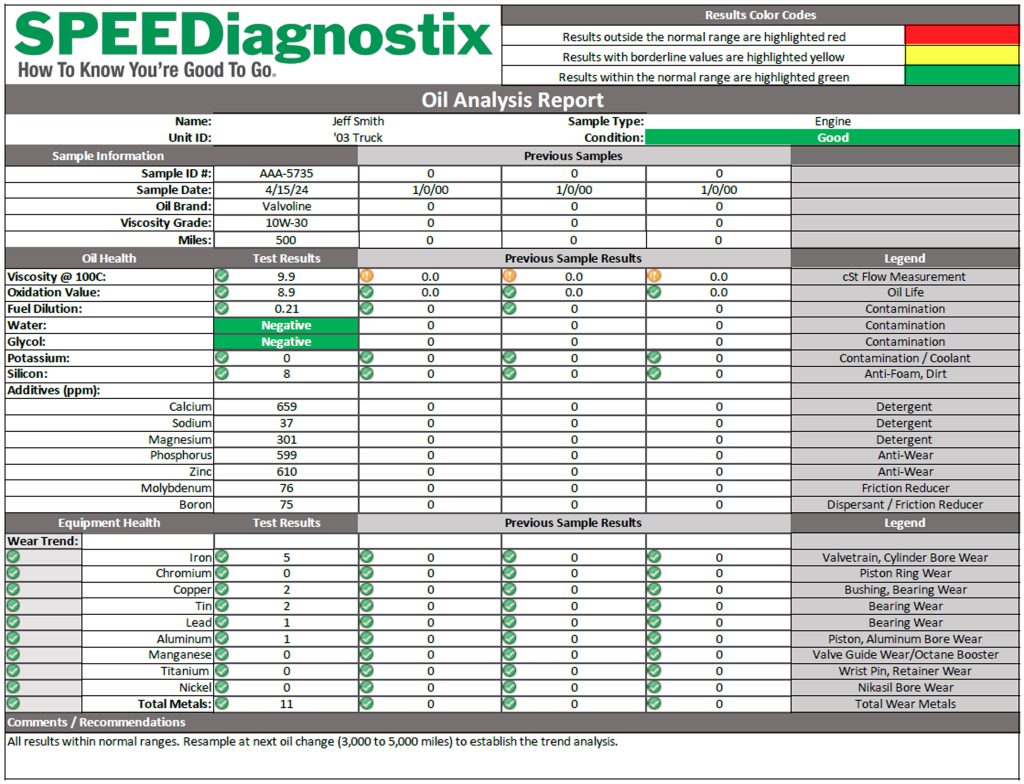I have a vintage Chevy show car with a small block and an automatic. I don’t drive it all that much. Mainly I start it up and drive it from my garage into the trailer and then I unload it and park it at the show.
I do this mainly because I don’t want to clean the car after putting some miles on it. It’s hard enough to keep it clean even when I don’t drive it. A friend recently told me that I should change the oil more often than 3,000 miles because my engine will never see 3,000 miles. I never really thought much about this. Should I change the oil more often like once a year even though the engine probably has very few miles on it? Thanks,
D.P.
The time-honored recommendation is that you should change your engine oil every 3,000 miles. But as you have indicated, use for your car is not normal and this is the key. We will assume the worst case scenario which would be that your engine is also carbureted instead of fuel injected.
Let’s explain why carburetors are often not as good as EFI.
We have to make some generalized assumptions here (which are not always accurate), but the majority of carbureted performance engines tend to run rich pretty much all the time. Sure, there are exceptions including the small block in my El Camino because I’ve taken the time to lean out the jetting and the idle circuits to help the engine run better.
Most performance carburetors are designed to run rich so that they will run well right out of the box. The carb companies have no control over what carburetor you purchase and they don’t know if you’re going to use a 750 HP double pumper on a 496ci Rat motor or a mild 283ci street small block in a station wagon with a Powerglide. These carburetors are designed run slightly on the rich side so that the engine runs well as soon as you bolt it on.
Assuming your small block is running a performance four-barrel carburetor, it probably starts and runs well when it’s cold. If you have an electric choke, it is guaranteed to run rich until the choke comes off as the engine warms up. The issue with the situation you put your engine through is that it sounds like the engine never gets a chance to fully warm up. Just sitting and idling even for five or six minutes isn’t enough time for the engine to fully warm up.
This means there is likely liquid fuel in the combustion chambers that is not combusted when the engine is cold. This fuel will eventually end up in the oil as it leaks past the rings. Not only is this bad because the fuel dilutes the lubricating properties of the oil but also because this means there is extra wear on the piston, rings, and cylinder walls where the liquid fuel has stripped the oil off the cylinder walls. None of this is good.

But wait, it gets worse. Because this liquid fuel is reducing the lubricating properties of the oil in the sump, extra wear can occur throughout the engine. Our friend Lake Speed, Jr. is an oil engineer. He used to work for Driven Racing oil and now works for Total Seal. He is adamant that fuel contamination is the leading cause of excess wear in the engine and backs this up with used oil analysis that can reveal how wear increases with fuel dilution.
Let’s stop here for a moment and define what we mean by running an engine up to full operating temperature. While this starts with coolant temperature, the real definition of attaining full operating temperature is for the engine oil to achieve a temperature above 212 degrees F. Engine oil takes much longer to achieve this temperature than coolant. It’s very common for an engine to have reached 180 degrees F coolant temperature but the oil temperature is barely 150 degrees F.
Oil temperature is closely related to engine load. So idling for five minutes not only will not achieve a proper coolant temperature but will also barely raise the oil temperature above 100 degrees F. This is when physical issues begin to stack up not in your favor. By not achieving an oil temperature in excess of 212 degrees F means that water will collect in the oil pan because that is the temperature where water boils.
So now water is collecting inside the oil pan. Another quote from Lake Speed Jr. is that moisture creates sludge. Operating an engine continually at low temperature is guaranteed to create sludge in your engine because the water mixes with contaminants in the oil from combustion residue to cause a greasy, black nasty gel to form inside the engine. It generally will start in the valve cover areas because moisture will tend to rise to the top of the engine. But this stuff can also form in the bottom of the oil pan as well. We’ve seen worst case scenarios where there is so much sludge in an engine that no oil comes out when the drain plug is removed!
This sludge will form no matter what brand of oil you are using because the oil never has a chance to boil off these impurities by bringing the oil temperature above 212 degrees F. Acids also begin to form over time as this sludge is forming which can also cause damage to soft engine bearings.
Now that hopefully we‘ve completely scared you, the answer to your question is really a two-fold response.
First, we would recommend you change the oil and the oil filter immediately. As soon as you’ve done this, you must drive the car sufficient mileage to bring the oil temperature up above 212 degrees F. This will help to boil off some of the contaminants that have remained even after you changed the oil and filter. Next, you need to run the engine up to full operating temperature at least once every time you take the car to a show.
Engines are designed to run, not to idle around and not be driven hard.
We’d also recommend tuning the idle circuit to make it run as lean as possible to reduce the amount of contaminants in the oil when the engine is running. This will include re-tuning the choke circuit to come off as early as possible.
If we had to suggest an oil change interval, it should be determined by used oil analysis. There are several companies that offer this service, including Amsoil and Speediagnostix, both of which can send you a sample bottle and form to fill out.
But if we had to guess, it would be best to change the oil and filter at least twice a year. The best suggestion would be to have the oil analyzed first to know if there are any other issues you might be facing.
The main recommendation is to just drive the car and periodically put some miles on it.
You don’t have to drive it 20 miles every time you go to a show, but at least drive it enough to bring the oil up to temperature every other time the car is taken to a show. Yes, that will mean cleaning the car more often—but if you are serious about taking care of your engine, this is a small price to pay.
Otherwise, you can expect to eventually experience engine damage


Comments